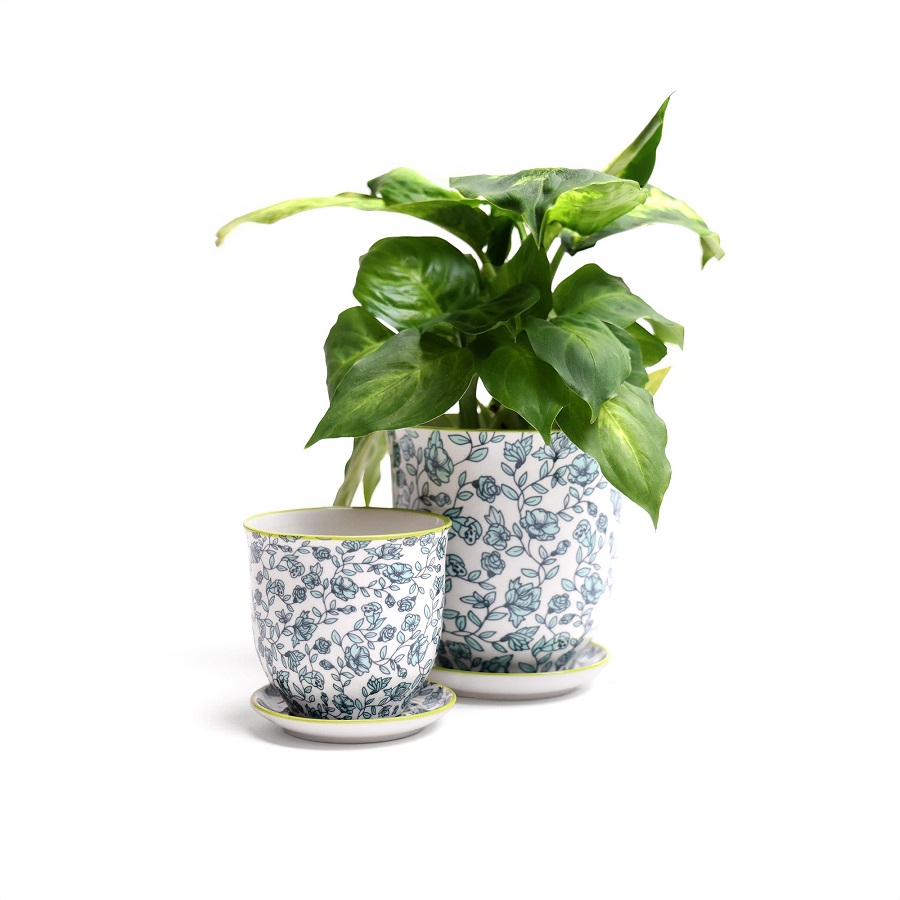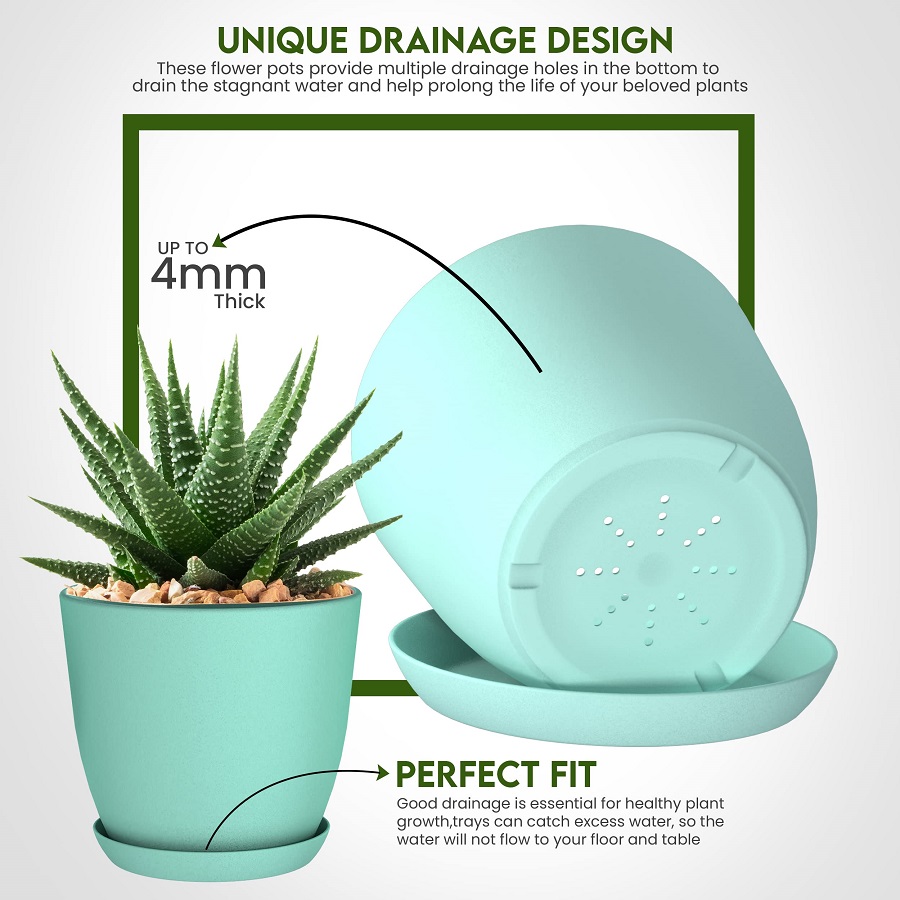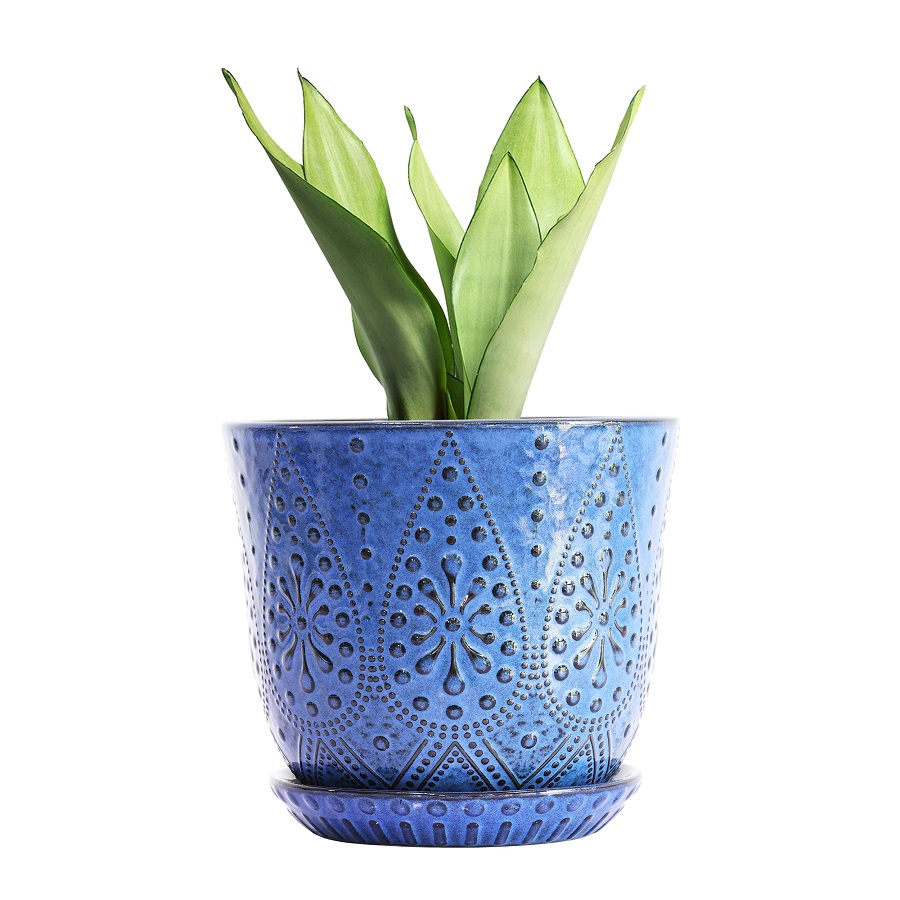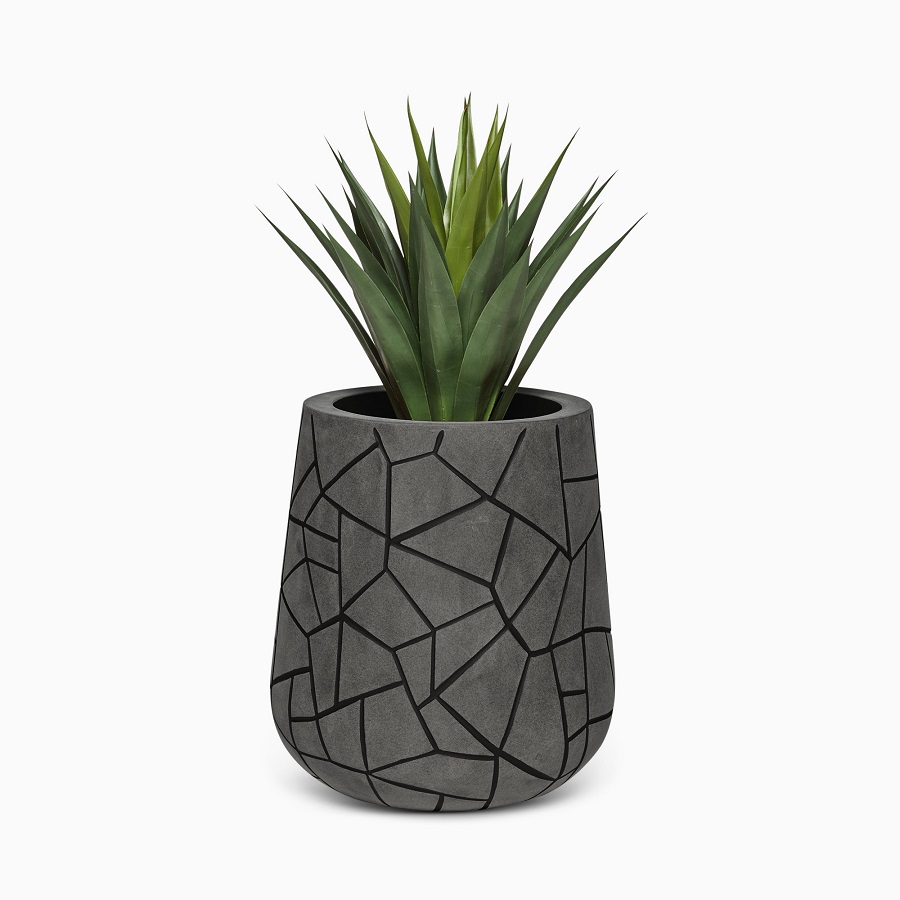Proper drainage in flower pots is one of the most crucial aspects of plant care. If the soil in a pot becomes waterlogged, it can lead to root rot, a common problem that can ultimately kill your plants. Draining flower pots correctly ensures that excess water has a way to escape, preventing stagnation and promoting a healthy, thriving root system. In this article, we’ll explore why drainage is important, how to create proper drainage in your pots, and some additional tips for maintaining healthy plants.
Why Drainage Is Crucial for Healthy Plants
Understanding the Role of Drainage in Plant Health
Drainage is essential for maintaining the balance between soil moisture and oxygen in the root zone. Plants rely on oxygen in the soil to grow and perform vital functions like nutrient uptake and cellular respiration. When a pot lacks proper drainage, water accumulates at the bottom, creating a stagnant, oxygen-deprived environment. This condition suffocates the roots, leading to root rot and other diseases.
Without good drainage, the roots cannot absorb water effectively, and the excess moisture leads to the growth of harmful bacteria or fungi. Root rot is particularly common in plants that prefer dry conditions or in smaller pots where water has no place to escape. It’s important to recognize that while most plants require consistent watering, excess water can be just as harmful as too little.

Consequences of Poor Drainage in Flower Pots
In pots with inadequate drainage, water accumulates at the bottom of the container. This stagnant water can slowly suffocate the roots, causing them to decay. Root rot not only harms the plant but also makes it more susceptible to other pests and diseases. In severe cases, the plant will stop growing altogether and may eventually die. Furthermore, poor drainage can also lead to nutrient imbalances in the soil, making it harder for plants to take up essential minerals.
A lack of drainage is often exacerbated by the size and type of pot used. Larger pots may hold more water, increasing the likelihood of waterlogging, while pots with no drainage holes can quickly become dangerous for plant health. Ensuring your pots have proper drainage is the first step toward preventing these issues.
How to Create Proper Drainage in Flower Pots
The Importance of Drainage Holes
One of the easiest and most effective ways to ensure proper drainage in flower pots is by ensuring the pot has drainage holes. These holes allow excess water to escape, preventing the soil from becoming waterlogged. When purchasing a flower pot, always check that it has one or more drainage holes at the bottom. These holes should be large enough to let excess water drain out but not so large that soil escapes through them.
If you have a pot without drainage holes, you can attempt to add your own holes. Use a power drill with a ceramic or masonry bit to carefully drill several small holes at the base of the pot. Be sure to wear protective gear, such as goggles and gloves, and work on a stable surface to avoid accidents. For plastic pots, a heated nail or screwdriver can be used to melt small holes in the bottom.
Choosing the Right Pot Material for Drainage
Different pot materials have varying effects on drainage. Terracotta and clay pots are highly porous, allowing for good airflow to the roots and effective drainage. These materials help prevent water from accumulating at the bottom of the pot, ensuring the soil remains aerated and healthy.
In contrast, plastic pots, while lightweight and durable, can sometimes be less effective at draining water. If you use plastic pots, ensure they have enough drainage holes to prevent water from accumulating. Alternatively, you can create additional drainage by adding a layer of gravel or small stones at the bottom of the pot, which we’ll discuss in more detail later.
Improving Drainage in Pots Without Holes
Using a Layer of Gravel or Pebbles
If you have a pot without drainage holes, or if the existing drainage holes are too small, you can still create a drainage system by using a layer of gravel or small stones. Place the gravel at the bottom of the pot to help facilitate water flow. This layer will act as a buffer between the soil and the base of the pot, allowing excess water to flow through the soil and into the stones where it can evaporate or be absorbed by the surrounding soil.
The layer of gravel should be thick enough to prevent the soil from sitting directly on the bottom of the pot, but not so thick that it limits the soil volume needed for the plant’s roots. A layer of about 1-2 inches is typically sufficient. Keep in mind that while this method can help, it is still best to use pots with drainage holes whenever possible.
Adding a Coffee Filter or Mesh Screen
Another technique to improve drainage in flower pots is to place a coffee filter or mesh screen over the drainage holes. This prevents the soil from escaping through the holes while still allowing excess water to drain away. A coffee filter or piece of landscape fabric can be cut to size and placed at the bottom of the pot, covering the drainage holes. This simple solution ensures that water can still escape, but the soil remains contained.
When choosing a material for this purpose, avoid anything that could block water completely, such as plastic sheets or thick fabrics. You want something porous enough to allow for proper drainage but durable enough to prevent soil from falling through.

The Best Soil for Better Drainage
Using Well-Draining Soil Mixes
Choosing the right soil mix is another key factor in ensuring proper drainage. Not all potting soils are created equal. Some soils retain too much moisture, which can lead to waterlogged roots. To improve drainage, select a well-draining soil mix designed for container gardening. These mixes typically contain ingredients like perlite, vermiculite, or sand, which help the soil retain moisture while allowing excess water to escape.
For plants that require excellent drainage, such as succulents, cactus, and other drought-tolerant species, use a cactus or succulent potting mix. These mixes are often lighter and more porous, providing the ideal environment for these types of plants.
Avoiding Heavy, Compact Soils
Heavy, compacted soils, such as those with too much clay or organic material, can impede water flow. These types of soils retain water for long periods and often lead to poor drainage. It’s essential to avoid using garden soil or soil from the ground in your flower pots, as it can become compacted over time, preventing proper drainage. Always opt for high-quality potting mix designed for container gardening, which is specially formulated for better water retention and drainage.
Managing Watering Practices
How Often Should You Water Your Plants?
Even with perfect drainage, improper watering practices can still harm your plants. Overwatering is a common mistake made by gardeners, especially when a plant’s drainage system is functioning correctly. To avoid this, always check the moisture level of the soil before watering. A simple way to do this is by inserting your finger into the soil. If it feels dry several inches below the surface, it’s time to water. If it still feels moist, wait a few more days.
When you do water, ensure that the water flows freely from the drainage holes at the bottom of the pot. This ensures that the water is reaching all parts of the soil, and prevents the accumulation of excess moisture at the base of the pot. If you notice that water is not draining properly, check the drainage holes for blockages and make sure the soil isn’t too compacted.
Signs of Overwatering and How to Correct It
Overwatering can still occur, even with proper drainage, if you are watering too frequently. Plants that overwater will often display signs like yellowing leaves, wilting, and root rot. If you notice these symptoms, it may be necessary to let the plant dry out completely before watering again. In severe cases, you may need to repot the plant with fresh, well-draining soil to ensure it has a healthy growing environment.
If you find that your pots are consistently waterlogged despite having drainage holes, it could be an indication that the pot is too large for the plant, causing the water to pool at the bottom. In such cases, consider moving your plant to a smaller container or adjusting your watering habits to better match the needs of the plant.

Conclusion
Proper drainage is essential for maintaining healthy plants in flower pots. Whether you’re growing houseplants, flowers, or vegetables, ensuring that your pots allow excess water to escape can prevent a variety of problems, from root rot to fungal infections. By selecting the right pots, soil, and watering practices, you can create an ideal environment for your plants to thrive.
Always choose pots with drainage holes, add materials like gravel for additional drainage, and use well-draining soil mixes to ensure that your plants have the best chance at success. With a little attention to detail, you’ll be able to keep your plants healthy and beautiful for years to come.
